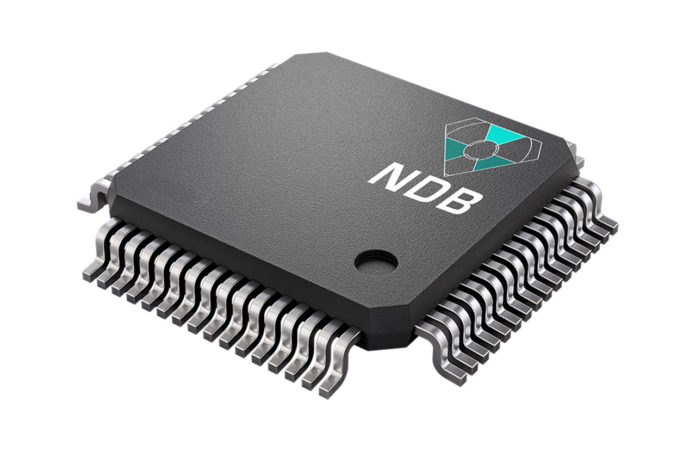Imagine a cell phone that never needs to be recharged or a car battery that has lasted long enough for your grandchildren to use it.
This is the apparently surreal goal on which a US-based startup NDB Inc. is working. A solution that on paper would make it possible to obtain indestructible, “circular,” self-rechargeable storage devices but above all with an incredibly long life.
The startup wants to use the radioactive waste from nuclear energy to produce endless batteries that will blow any energy density comparison out of the water, lasting anywhere from a decade to 28,000 years without ever needing a charge. The goal is to reinvent electricity, to rid the world of fossil fuels by 2040.
The core of the technology is a small piece of recycled nuclear waste. NDB researchers investigated how to reuse parts of graphite nuclear reactors that absorbed radiation from fuel rods and became radioactive. This graphite is rich in the radioisotope carbon-14 (C-14), which undergoes beta decay into nitrogen, releasing an electron in the process.
NDB intends to take this graphite, purify it, and create tiny C-14 diamonds at the nanoscale. The crystal lattice would act as a semiconductor and heat sink, collecting the charge and carrying it outside. The radioactive diamond would, in turn, be contained within another artificial, stable, and cheap diamond to prevent radiation leaks and possible tampering.
To create a nano-diamond battery cell, several layers of this nano-material must be stacked and stored with a small integrated circuit, adding a small super-capacitor to instantly collect, store, and distribute the charge. For now, the project is still at the proof of concept stage, a design draft with no working prototype. But the company says the final product will be ready and for the mass market in 5 years; and that it will conform to any form or standard, including AA and AAA.
The company is claiming that a pair of tests at Lawrence Livermore National Laboratory and Cambridge University shows that the nano-diamond battery is already managing a 40% charge.
The principle of the “nano-diamond battery” had already been used in 2016 by a group of physicists and chemists from the University of Bristol, who had created a prototype of a “nuclear-powered battery” using Nickel-63 as a source of radiation. The radioactive core of the battery is protected by multiple layers of synthetic diamonds, among the strongest materials on Earth. Scientists say the battery emits less radioactivity than the human body and is safe for use in cars, planes, phones, and even pacemakers.
The advantages? Theoretically, the nano-diamond battery has a much longer life than commercial lithium counterparts and wouldn’t need to be recharged.
However, the main problem for this technology, excluding manufacturing costs, remains the low power density. The NDB has not released official numbers, but according to research from the University of Bristol one battery, containing 1g of carbon-14 would deliver 15 Joules per day. This is less than an AA battery.
